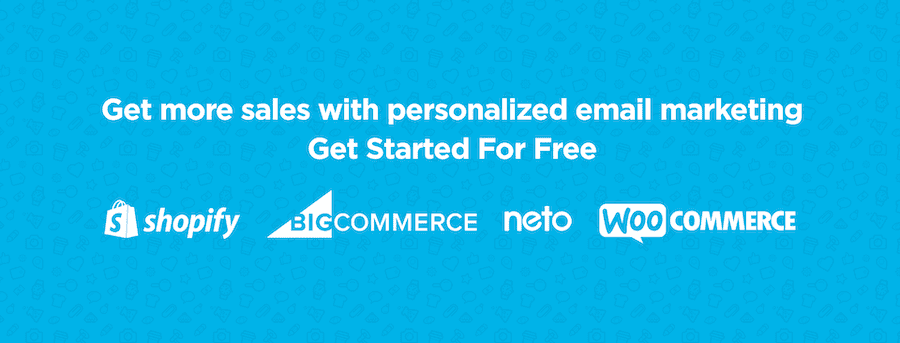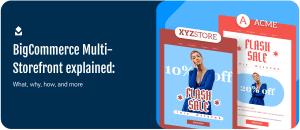Segmented email marketing campaigns perform better.
They have higher open rates, higher click-through rates, and higher conversion rates.
According to DMA’s National Client Email Report 2015, 58% of all the revenue that was generated from email marketing came from segmented campaigns and targeted emails.
You know what the importance of segmentation means to you, an e-commerce store owner? It means that not segmenting your email list is costing you a lot of money in potential revenue. It’s time to put an end to that!
Your aim should be to make your emails as relevant to each customer as possible. That means segmenting your list based on general demographic data such as age or gender is not enough. What should you do?
Here are 5 ways in which you can segment your list to make your emails more relevant:
1. Campaign activity
Pretty much every email list can be divided into these three segments: engaged subscribers, disengaged subscribers, and inactive subscribers. How should you communicate with each?
- Engaged subscribers – the people who open most of the emails you send them. These customers are clearly interested in your products, so you can contact them more often, count down sales, etc.
- Disengaged subscribers – the people who rarely open the emails you send them. These are the customers whose interest in your products is waning. You should probably contact them less frequently, but with content that they are most likely to respond to (analyze the data to see what kind of emails they tend to open). Tread carefully or you will lose them for good.
- Inactive subscribers – the people who never open the emails you send them. You should do your best to re-engage them (it’s cheaper and easier to re-engage an inactive subscriber than to acquire a new one). Once you have done that, it’s time to be ruthless, and remove all the inactive subscribers from your list. You might feel hesitant, especially if you have a lot of them, but the reality is that these inactive subscribers are a dead weight that is costing you money and distorting your stats. Time to cut them loose!
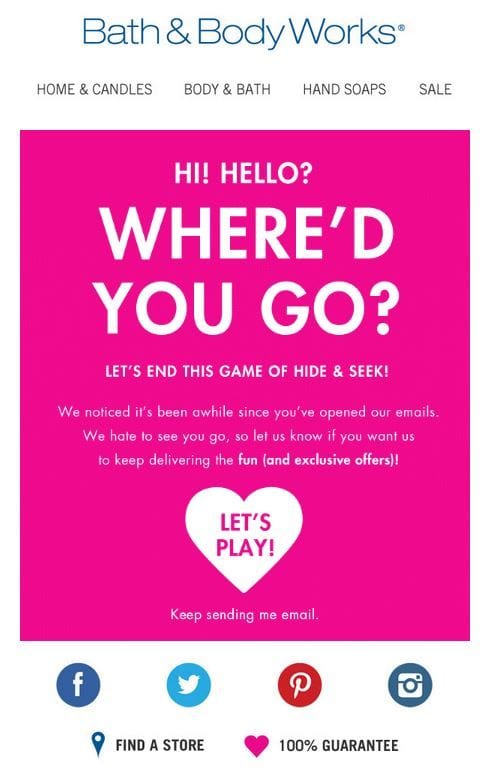
An email Bath & Body Works sent their inactive customers
2. Purchase history
The purchase history of each customer is probably the best data to use when it comes making sure that your offers are relevant. There are demographics, there are polls, there’s browsing behavior… And then there’s parting with your hard earned cash. You know the saying that the best predictor of future behavior is past behavior? That applies to e-commerce too!
Ecommerce store owners also often miss a great cross-selling opportunity by not reaching out to customers who have already made a purchase. Take a look at your sales data. What kind of products are frequently bought either together or one after the other?
For example, if you sell hair care products, and someone just bought a shampoo, don’t you think they could also use a conditioner? Reach out to these people and suggest it to them. They are quite likely to say yes.
Also, it doesn’t necessarily have to be a sales pitch, you can simply send helpful content to the customer based on the product they just bought. So if they bought a shampoo and a conditioner, why not send them an email called “6 Steps to Better Hair” with some hair care tips? They will appreciate it!
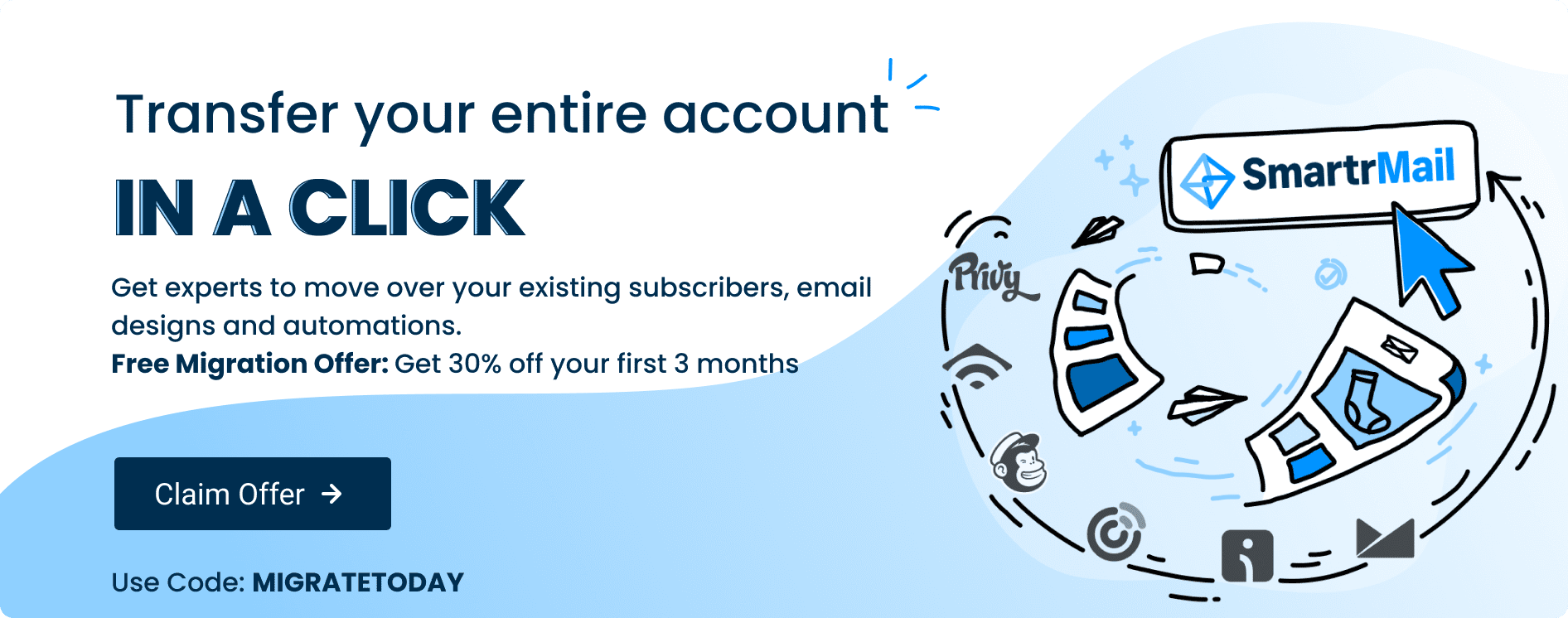
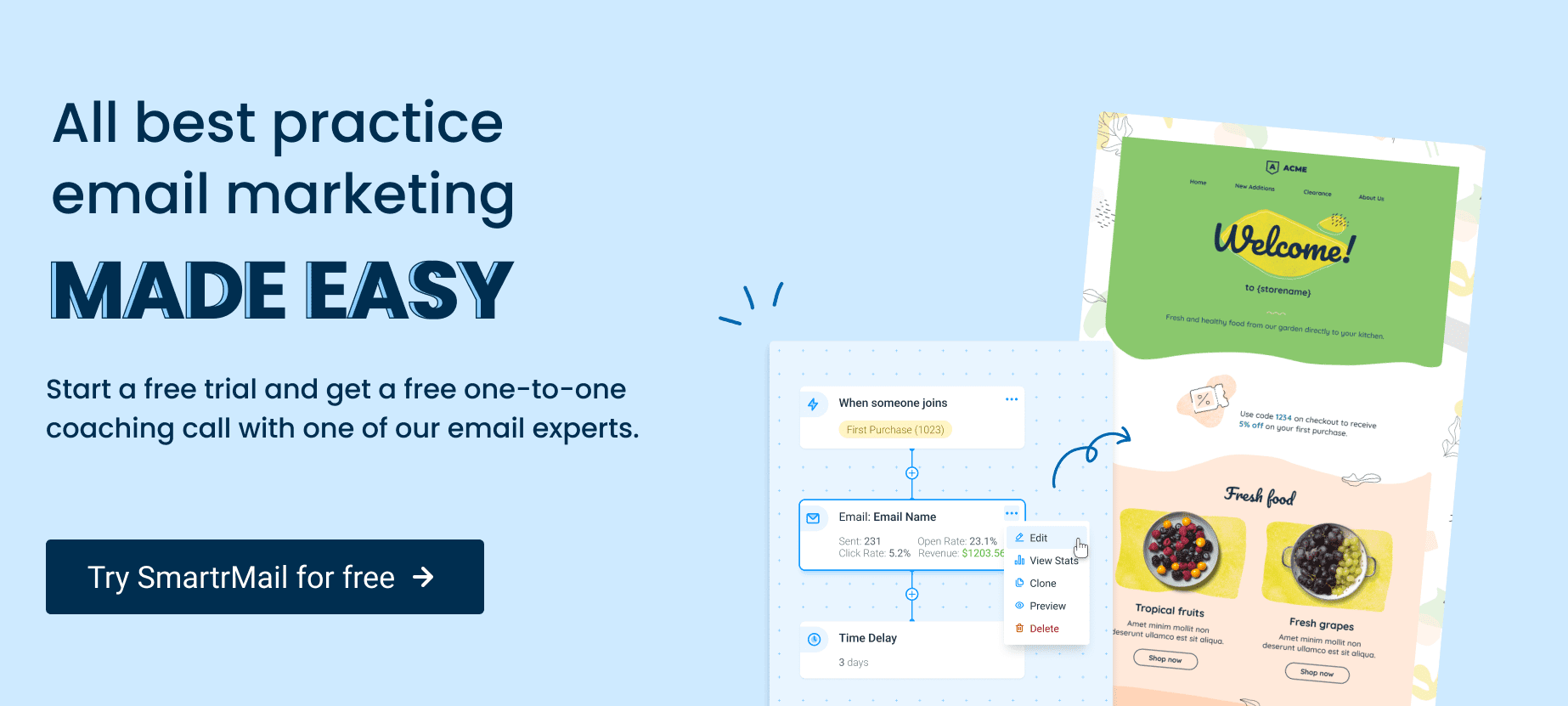
3. Purchase recency
Another useful way to segment your email subscribers is by purchase recency. Why?
It allows you to time your pitches so that you’d make the offer when a subscriber is most likely to be open to it. For example, if someone bought a shampoo, they will need a refill sooner or later. Take a look at the data of customers who regularly buy the same kind of shampoo. How often do they buy a new bottle? Then, if someone bought the shampoo, wait… and if they don’t buy a new bottle, send them a reminder. People (especially absent-minded ones) who simply forgot that they are running out of shampoo, will appreciate that!
You can also reach out to customers who haven’t purchased anything in awhile. Let them know that you miss them and send them a tempting offer. They might come back!
4. Order value and Purchase Frequency
You shouldn’t treat all your customers in the same way.
That might sound weird, but that’s just the reality, someone who spent $100 on your products is not worth the same to your business as someone who spent $1000 on your products, and therefore treating them the same is a mismanagement of your resources.
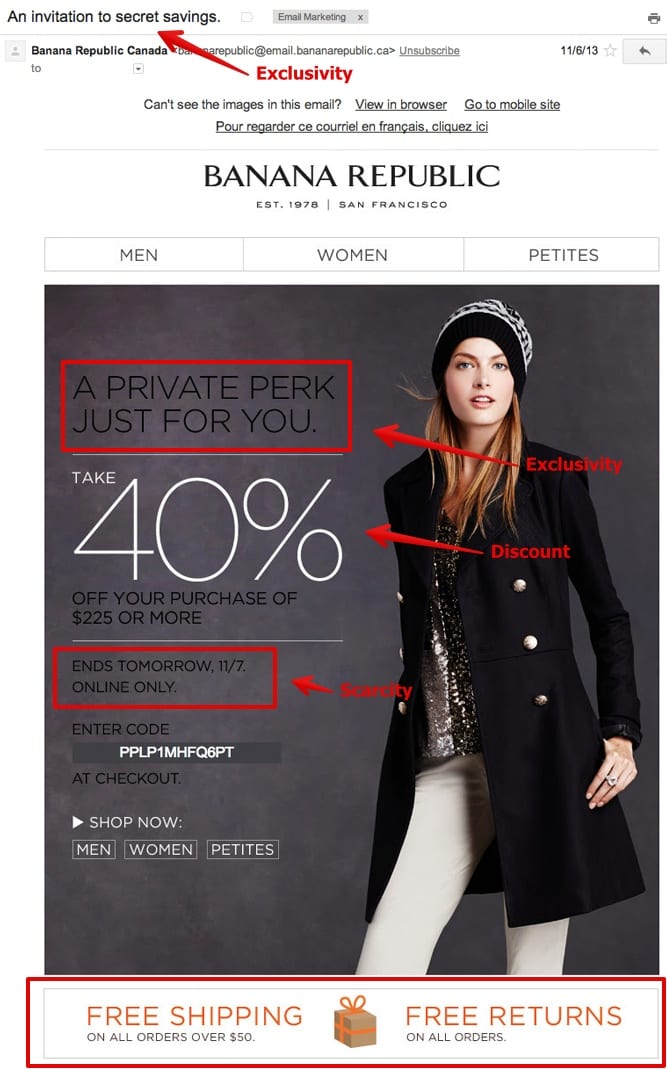
The people who are the most frequent buyers or spend the most money are your VIPs – and they should be treated as such. Offer them special discounts, free vouchers, and even an occasional free product. It will go a long way to ensuring their loyalty.
Remember, these people are incredibly valuable to your business, not only as customers but also as word-of-mouth evangelists, so it’s smart to go out of your way to spoil them.
Segment your customers with SmartrMail today
? Install SmartrMail and learn about segmentation?
5. Geography
This one is a silly mistake that a lot of e-commerce store owners make simply because they don’t think about it.
It’s 21st century, people are moving a lot, and you have to take that into account when it comes to email marketing, otherwise you’ll end up annoying your customers by sending them irrelevant emails.
Say, our marketing coordinator, Joshua Reyes, experienced this after moving from Canada to Australia:
“I’ve moved from Canada to Australia a year ago and global brands still email me winter clothing when it’s the middle of summer over here – I’ve completely stopped purchasing from these stores’ emails!”
Tip: If customers haven’t purchased in over 6 months – when segmenting by geography use the location of last emails opened rather than the location of their last shipping address.
And it’s not only climate that you need to take into account! For example, Thanksgiving is a primarily North American holiday, Europeans don’t celebrate it, so your customers from the Old World might be puzzled by your “Happy Thanksgiving!” email. And even with North Americans, Canadians and Americans don’t celebrate it on the same day. You need to keep these things in mind if your online store is catering to an international audience.
Also, if you are running a regional free shipping offer, say, you ship free to anywhere in the United States, then please don’t annoy your international customers with “Hey! FREE SHIPPING! …but not for you” emails.
In short, make sure that your emails are relevant to a customer in that specific geographical location… Or else you’ll drive them away with silly, easily preventable blunders!
What’s next?
Okay, so now that you know how to segment your email list, you might be wondering how else you can improve your email marketing.
Here are three articles that you might find helpful:
- “How to Re-Engage and Win Back Your Store’s Customers with Email Marketing” – learn how to re-engage those inactive email subscribers that you thought were a lost cause.
- “Knowing When to Use Automated Product Recommendation Emails” – What are the best times to use automated product recommendation emails? It’s time to find out!
- “The Top 5 Ecommerce Marketing Trends for 2017” – Your competitors are probably already aware of these trends. Are you? Keep up with the times!
And, of course, don’t forget to share your experiences with list segmentation in the comments!
